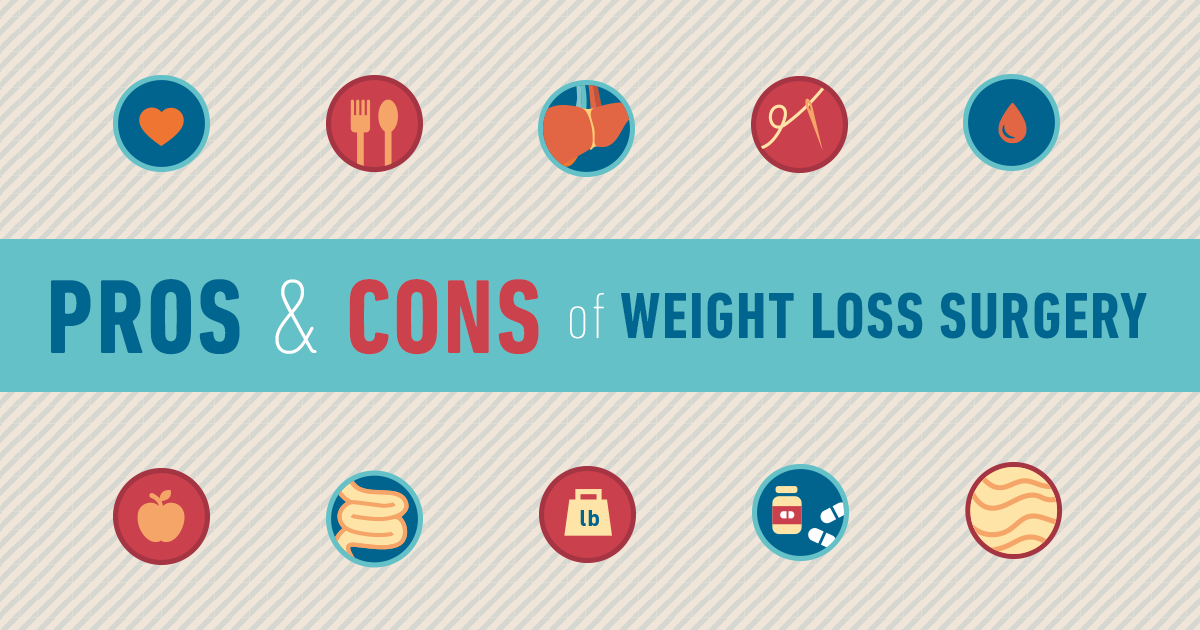Listed Below The Surface Area Of PRK, There Is A World Of Vision-Correcting Benefits That Could Enhance Your Eyesight-- Are You Prepared To Discover If It Is Appropriate For You?

Web Content Composed By-Mohamad Stone
If you're thinking about vision modification, you could be weighing the pros and cons of PRK. This procedure offers distinctive advantages, specifically for those with special eye problems. It's crucial to recognize how PRK functions and what you can genuinely expect from the outcomes. Suppose this choice could lead to clearer vision without the threats associated with other techniques? Allow's explore the benefits and see if PRK is the best fit for you.
Recognizing PRK: Just How It Functions and What to Anticipate
When you think about PRK (Photorefractive Keratectomy) as a vision improvement alternative, it's necessary to understand how the procedure functions and what you can anticipate during the process.
PRK reshapes your cornea utilizing a laser to boost focus, similar to LASIK but without creating a flap. Initially, your cosmetic surgeon will numb your eye and remove the outer layer of corneal cells, enabling the laser to do its job. You'll really feel marginal discomfort, and the procedure generally lasts around 10 minutes per eye.
Afterward, macular degeneration symptoms 'll use a protective call lens while your eye heals. Anticipate some pain and blurry vision in the initial days, but the majority of clients see substantial enhancements within a week.
Following your medical professional's aftercare instructions is critical for optimal recovery.
Conveniences of PRK: Why It May Be the Right Option for You
If you're looking for a trustworthy vision adjustment alternative, PRK uses a number of engaging advantages that could make it the appropriate option for you.
One major benefit is that PRK is optimal for those with thinner corneas, as it does not include cutting a flap like LASIK. This indicates much less danger of problems connected with flap-related problems.
PRK likewise deals with https://www.verywellhealth.com/ativan-lorazepam-drug-information-4016973 of vision problems, consisting of greater levels of nearsightedness and astigmatism.
You'll value that the treatment has a tried and tested performance history for safety and efficiency, with lots of clients achieving 20/25 vision or better.
Plus, since PRK eliminates the external layer of the cornea, it can lead to a much more steady long-lasting result, minimizing the opportunities of regression.
Healing and Long-Term Outcomes: What to Prepare for After the Treatment
After thinking about the many advantages of PRK, it is very important to understand what recuperation resembles and what you can expect in the long-term.
At first, your vision might be blurred, and you may experience pain or sensitivity to light. This generally enhances within a few days. You'll need to avoid exhausting activities and use safety glasses throughout the recovery procedure.
In the weeks adhering to the procedure, your vision will slowly stabilize, often reaching its finest clarity around 3 to six months post-surgery. Routine check-ups with your eye doctor will certainly assist monitor your development.
Many clients enjoy resilient outcomes, with many achieving 20/25 vision or better. Bear in mind that individual experiences might differ, yet most find PRK worth the wait.
Conclusion
In conclusion, PRK uses a reputable solution for vision correction, specifically if you have thinner corneas or greater nearsightedness. With its proven safety and effectiveness, several individuals accomplish impressive outcomes. While you'll experience some pain throughout recuperation, the long-lasting benefits and improved vision quality can make it a rewarding investment. If you're considering your alternatives, PRK could be the best choice for you, leading the way for clearer view and a brighter future.

